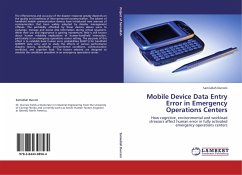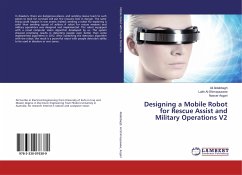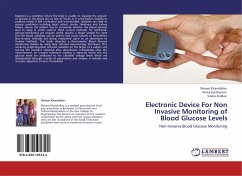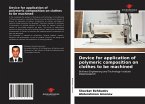The effectiveness and accuracy of the disaster response greatly depends on the quality and timeliness of inter-personnel communication. The advent of handheld mobile communication devices have introduced new avenues of communication that been widely adopted by disaster management officials. The portability afforded by these devices allows users to exchange, manage and access vital information during critical situations. While their use and importance is gaining momentum, little is still known about human reliability implications of human-handheld interaction, particularly in an emergency operations center setting. The purpose of this effort is to establish basic human error probabilities (bHEP s) for handheld QWERTY data entry and to study the effects of various performance shaping factors, specifically, environmental conditions, communication workload, and cognitive load. The factors selected are designed to simulate the conditions prevalent in an emergency operations center.








